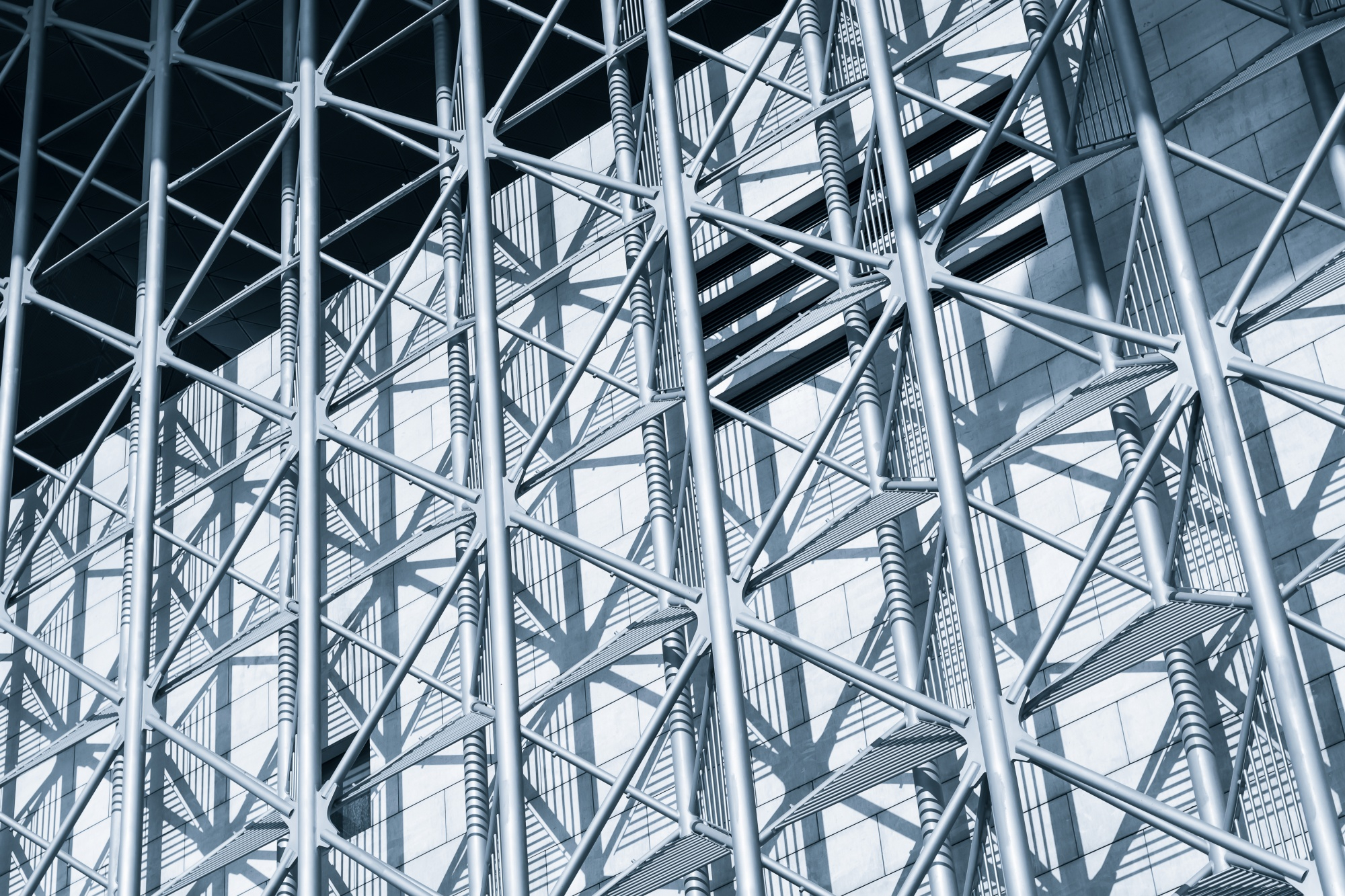
Introduction to Steel Detailing Services in Australia
Steel detailing is a crucial aspect of construction projects, providing accurate and detailed plans for fabricating and erecting steel structures. In Australia, the steel detailing industry plays a vital role in the construction sector, ensuring the safe and efficient implementation of steel structures in various projects. Steel detailing services involves creating precise drawings, layouts, and fabrication instructions for steel components, allowing for seamless integration with other building elements.
The importance of steel detailing cannot be overstated. Accurate and detailed steel drawings are essential for structural engineers, architects, and fabricators to effectively communicate and execute complex designs. These drawings serve as the foundation for fabricating steel components, ensuring the quality and safety of the final structure. Steel detailing services in Australia have evolved significantly over the years, thanks to technological advancements that have transformed the industry.
Technological Innovations in Steel Detailing Services
Over the years, technology has revolutionized the steel detailing sector, improving accuracy, efficiency, and collaboration. Digital tools and software have become instrumental in streamlining the steel detailing process, reducing errors, and optimizing productivity. Advanced 3D modeling software, such as Tekla Structures and AutoCAD, have replaced traditional manual drafting methods, allowing for faster and more precise steel detailing.
The benefits of technological advancements in steel detailing are manifold. Firstly, the use of digital tools and software significantly improves accuracy. Advanced modeling software enables accurate visualization of complex steel structures, reducing errors and rework during fabrication. Additionally, these tools facilitate better coordination among different stakeholders, including architects, engineers, and fabricators, ensuring seamless collaboration throughout the project.
Successful implementation of technology in steel detailing firms in Australia has yielded impressive results. For example, MechCivDesignersLLP, a leading steel detailing company, has embraced cutting-edge software and digital tools to enhance their services. By leveraging technology, they have increased productivity, reduced errors, and improved overall project efficiency. The implementation of technology in steel detailing services has become a game-changer for the industry, propelling it towards a more advanced and streamlined future.
Impact of Technology on the Steel Detailing Process
Technological advancements have had a profound impact on the steel detailing process, revolutionizing the way projects are designed, fabricated, and executed. One of the most significant advancements is the adoption of Building Information Modeling (BIM). BIM allows for the creation of a digital representation of the building, integrating all relevant data, including structural, architectural, and MEP (mechanical, electrical, plumbing) information. This 3D model serves as a centralized platform for collaboration and coordination among different stakeholders.
Automation and robotics have also played a crucial role in steel fabrication and detailing. Robotic systems can perform repetitive tasks with high precision and speed, reducing the time and effort required for manual labor. From cutting and welding to assembly and quality control, robots have transformed the fabrication process, improving efficiency and accuracy. Automation has revolutionized the steel detailing industry, enabling fabricators to meet tight deadlines and deliver high-quality products.
In addition to streamlining the design and fabrication processes, technology has enhanced collaboration and communication among stakeholders. Digital platforms, such as cloud-based project management systems, facilitate real-time sharing of design information and updates, enabling seamless communication between architects, engineers, fabricators, and contractors. This enhanced collaboration ensures that all parties are on the same page, reducing errors and delays during construction.
Furthermore, sustainability and environmental considerations have become integral to technological advancements in steel detailing services. By using advanced software, designers can optimize the use of materials, reducing waste and minimizing the environmental impact of steel structures. Additionally, digital tools allow for precise calculations of structural loads and optimization of structural designs, leading to more efficient use of steel and reduced carbon footprint.
Challenges and Future Trends in Technology-Driven Steel Detailing
While technology has brought numerous benefits to the steel detailing industry, it also presents its own set of challenges. One of the primary challenges is the adoption of new technologies. Many firms struggle to keep up with the rapid pace of technological advancements and face difficulties integrating new tools and software into their existing workflows. Resistance to change and lack of training pose significant barriers to the adoption of technology in the steel detailing industry.
To overcome these challenges, professionals in the steel detailing industry need to undergo training and upskilling to stay updated with the latest technologies. Continuous learning and professional development are essential to harness the full potential of technological advancements. Companies like MechCivDesignersLLP recognize the importance of training and invest in their employees’ upskilling to ensure they remain at the forefront of the industry.
As technology continues to advance, emerging trends such as augmented reality (AR) and virtual reality (VR) are poised to transform the steel detailing process further. AR and VR technologies offer immersive and interactive experiences, allowing designers, engineers, and fabricators to visualize and interact with steel structures in a virtual environment. These technologies have the potential to enhance collaboration, improve design accuracy, and facilitate efficient decision-making.
conclusion
In conclusion, technology has played a pivotal role in advancing steel detailing services in Australia. From digital tools and software to automation and robotics, technological innovations have significantly improved accuracy, efficiency, collaboration, and sustainability in the industry. While challenges exist, such as the adoption of new technologies and the need for training, the future of technology-driven steel detailing looks promising. By embracing the latest advancements and continuously upskilling, professionals in the industry can stay ahead of the curve and deliver exceptional steel detailing services.



